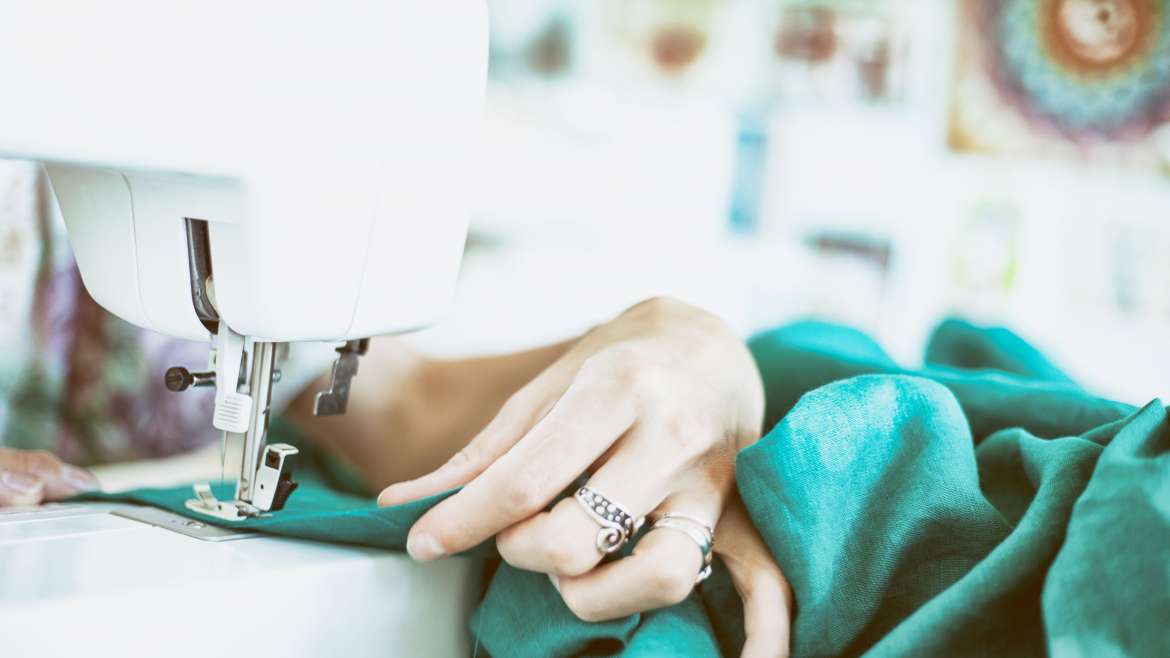We have a problem with appliances in our house. They break. Frequently. The latest appliance to break is our washing machine. My washing machine has decided to take up music by randomly pressing its own buttons and listening to the sound they make. All very lovely, until you try to push a button it doesn’t agree with and refuses to do as it’s told.
Whilst pondering my musical but useless washing machine, I came across an article by Kathy Bowman about movement and sustainable clothing. The article combines two concepts:
- We need to move more and sit less
- We need to care for our planet when choosing and caring for our clothes.
If you’re going to refer to part of your wardrobe as “exercise clothes,” , then you have to acknowledge that everything else in your wardrobe is “sedentary clothes.” Meaning, part of what you’re choosing to wear each day is preventing you or parts of you from moving. – Kathy Bowman
When I was a child, clothing was expensive. Kmart didn’t have $3 tshirts that had sailed halfway around the world and only lasted for one season.
My mum made most of our clothes from natural fibres. She would take us with her to the fabric shop where she would pour over pattern books. She would select the pattern, purchase the fabric and take it home to make it on our dining room table. From there, she would measure, cut and sew. The process involved gross motor skills and fine motor skills as she skillfully produced our clothing. The clothes that she didn’t make were usually second hand from friends or family or purchased from op shops.
Our technological conveniences mean that we have become removed from how our clothing is created and where it goes once we have finished with it.
We don’t exchange much personal movement for what we require and we’re often unaware of who is doing these movements and in what situations—we’re almost entirely disconnected from the physical labour required to clothe ourselves. – Kathy Bowman
We don’t consider the water and energy use required to make our clothes, the petroleum products that they contain and the distance that they travel to arrive in our shops. We fleetingly think of the conditions and pay of the people making our clothes.
Once the clothes are in our care, we use washing machines to wash our clothes and then segregate them into activewear and non-activewear. Kathy’s article provides some suggestions for how you can ‘eco-up’ your clothing and enjoy the movement benefits as an added bonus. Her suggestions include:
- Hand washing your laundry
- Line drying your clothes
- Not washing as frequently – consider whether an item can be reworn rather than putting it straight in the wash
- Repair clothing instead of throwing it away
- Buy used clothing
- Host a clothing swap
- Sew your own clothes
You realise how much you rely on your washing machine when you can’t use it anymore. With a broken washing machine, I have asked myself “Would I be willing to hand wash everything?”. Currently the answer to that question is “Hell no, I’m getting my washing machine fixed”. But Kathy’s article has definitely given me food for thought around where my clothes are sourced, whether they allow me to move, how I care for them and what I do with them afterwards.
If you are interested, you can read Kathy’s here: https://www.nutritiousmovement.com/movement-matters-movement-and-eco-friendly-clothes-and-why-theyre-the-same-thing-really/

